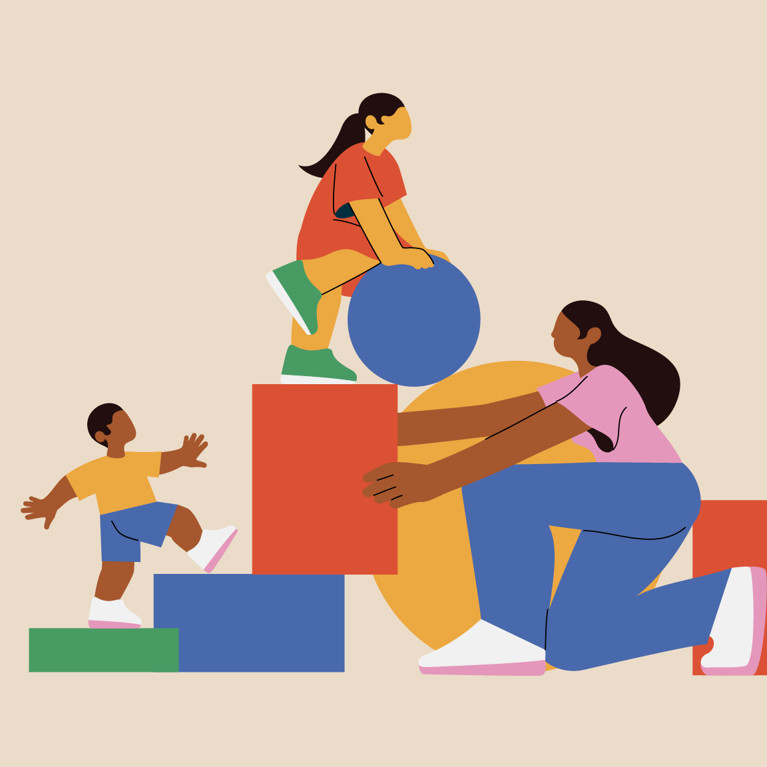Why study Education at UTS
Contribute to the future of education with degrees informed by advancements in research, technology and creativity. You'll experience hands-on learning, practical workshops and in-classroom professional practice at some of our 200+ partner schools, aligned to your interests and career goals.
Choose from qualifications in primary or secondary teaching, applied linguistics, TESOL, learning design and leadership or higher degree research.
-
build Employment projections
13.4% increase
In education and training positions over the next five years.
Labour Market Insights 2021
-
trophy Subject rankings
Top 90 in the world
For education.
Times Higher Education subject rankings 2024
-
workspace_premium Research rankings
Above world standard
For curriculum and pedagogy.
2018 Excellence in Research for Australia (ERA) evaluation

UTS Open Day 2025
Explore your course and career options at UTS Open Day!
With over 100 info sessions, workshops, campus tours and more on offer, it’s a great opportunity to talk to academics and current students and get your UTS questions answered.
Study options
Craft compelling courses that help people learn and grow. Our practical, job-ready focus means you’ll benefit from a range of hands-on experiences and gain knowledge in critical areas like accessibility, privacy and ethics.
Enhance your current practice or grow your career with programs that give you the skills to engage people and support them to achieve their goals. You’ll study cutting-edge approaches, develop research-backed practice and get to apply your learnings straight away in your professional practice.
Build a bright future for young learners. Our leading postgraduate qualification can be completed in as little as two years, giving you the knowledge, hands-on experience, skills and insights required by educators today.
Kick-start a meaningful career teaching the English language. Designed for learners with and without teaching qualifications, our programs will equip you with critical knowledge and skills you’ll need to teach children, teenagers and adults in Australia or abroad.
Help shape today’s youth into tomorrow’s leaders. Delivered at a postgraduate level, our programs blend research, theory and pedagogical best practice with hands-on learning through practical placements.
Choose from postgraduate courses designed to expand your career horizons including Learning Design, TESOL and Applied Linguistics and Education Learning and Leadership. Our highly-regarded Education degrees blend expert-led coursework, practical learning and connections with industry partners.
“UTS really prepared me well for teaching. I think one of the best things about studying at UTS was the fact that many of our lecturers and tutors were still classroom teachers, which provided us a well-rounded, realistic perspective of what it would be like in the classroom and school setting.”
Stephanie Foy
Bachelor of Teaching in Secondary Education
Related course areas
Learn the skills to adapt in a rapidly evolving field. Study at a school with a global reputation for innovative and interdisciplinary programs in media, communication and creative production.
Learn innovative approaches to problem-solving, develop confidence with new technologies and help make business better for a fairer world.
Prepare for diverse roles in Australia and abroad at a school with over 30 years' experience in international studies.
Scientists are critical thinkers who use evidence to explain how the universe, the world and life work. Learn practical, relevant and innovative skills in world-class facilities.

Advance your career with UTS
Join us at our Postgraduate Info Fair to explore UTS’s diverse range of postgraduate programs, gain insights from industry experts, and discover how a UTS postgraduate degree can help you unlock your future potential.
Make an enquiry
Considering studying at UTS? Connect with our team to explore your study options, the application process, and discuss any other questions you may have.
Contact us
Call us
Get in touch with our friendly, knowledgeable Student Centre team.
1300 ASK UTS (1300 275 887)
+61 2 9514 1222 (outside Australia)
International enquiries
Chat with our international future students team.
+61 2 8806 0230










